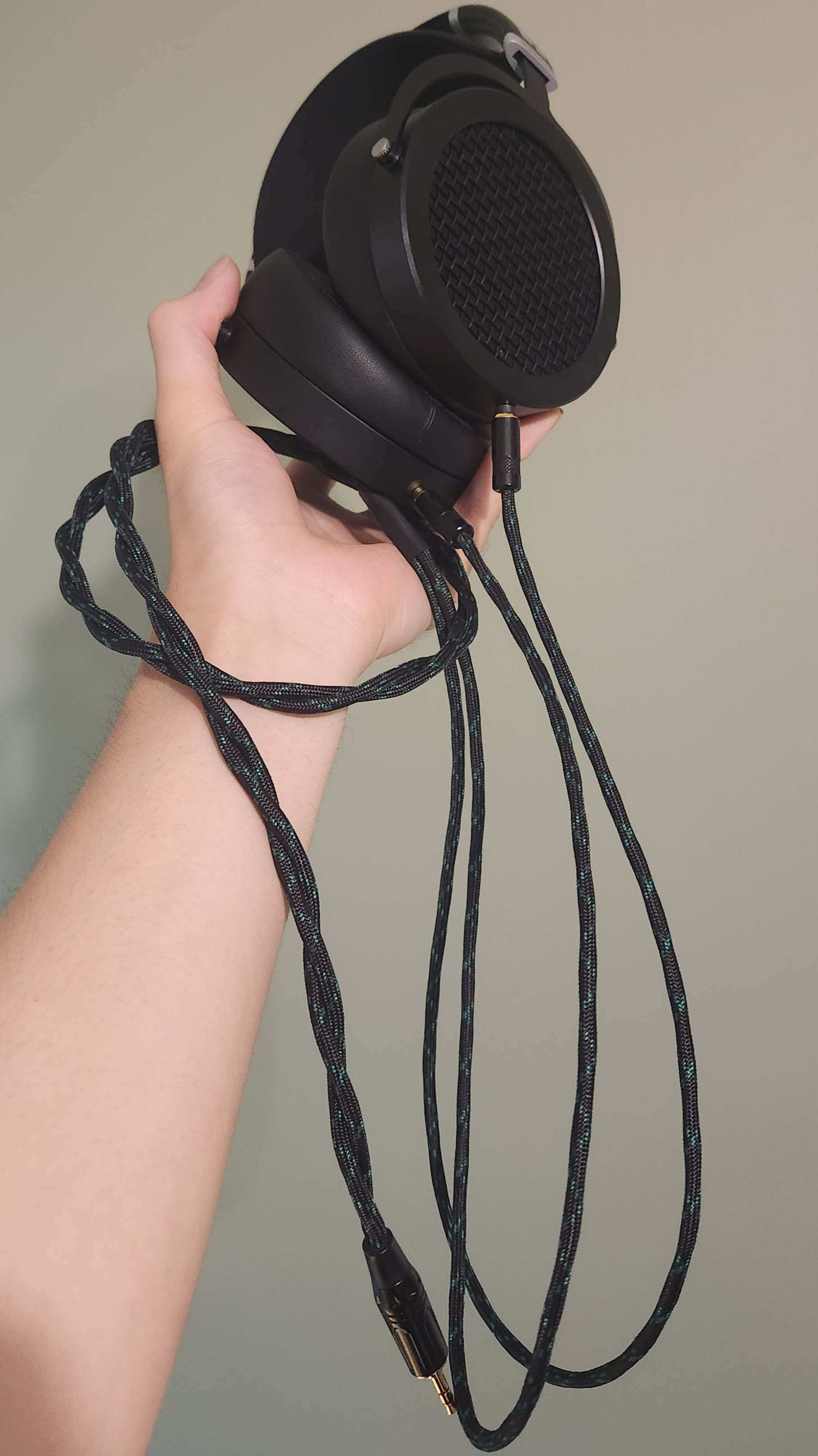this post was submitted on 27 Jun 2023
6 points (100.0% liked)
Headphones
42 readers
1 users here now
Tiny speakers for your head.
A community for audio enthusiasts, discussing news, reviews, and DIY projects involving headphones, amplifiers, and DACs.
Resources:
-crinacle's Ranked IEM List (250+ compared)
(more to come)
founded 2 years ago
MODERATORS
you are viewing a single comment's thread
view the rest of the comments
view the rest of the comments

It tends to be difficult to get good prices on quantities suitable for DIY projects locally, so AliExpress is your friend.
All cables are snake oil in the sense that the "quality" doesn't matter. Resistance can still change the sound, but cable length and thickness play by far the biggest role here, the difference usually isn't big, and not every headphone is impacted. The guy over at diyaudioheaven actually measures frequency response changes with different source impedances and for most headphones it's either nothing or an extremely minor change in bass response.
And yeah, the independent ground is the important element that makes balanced cables different.